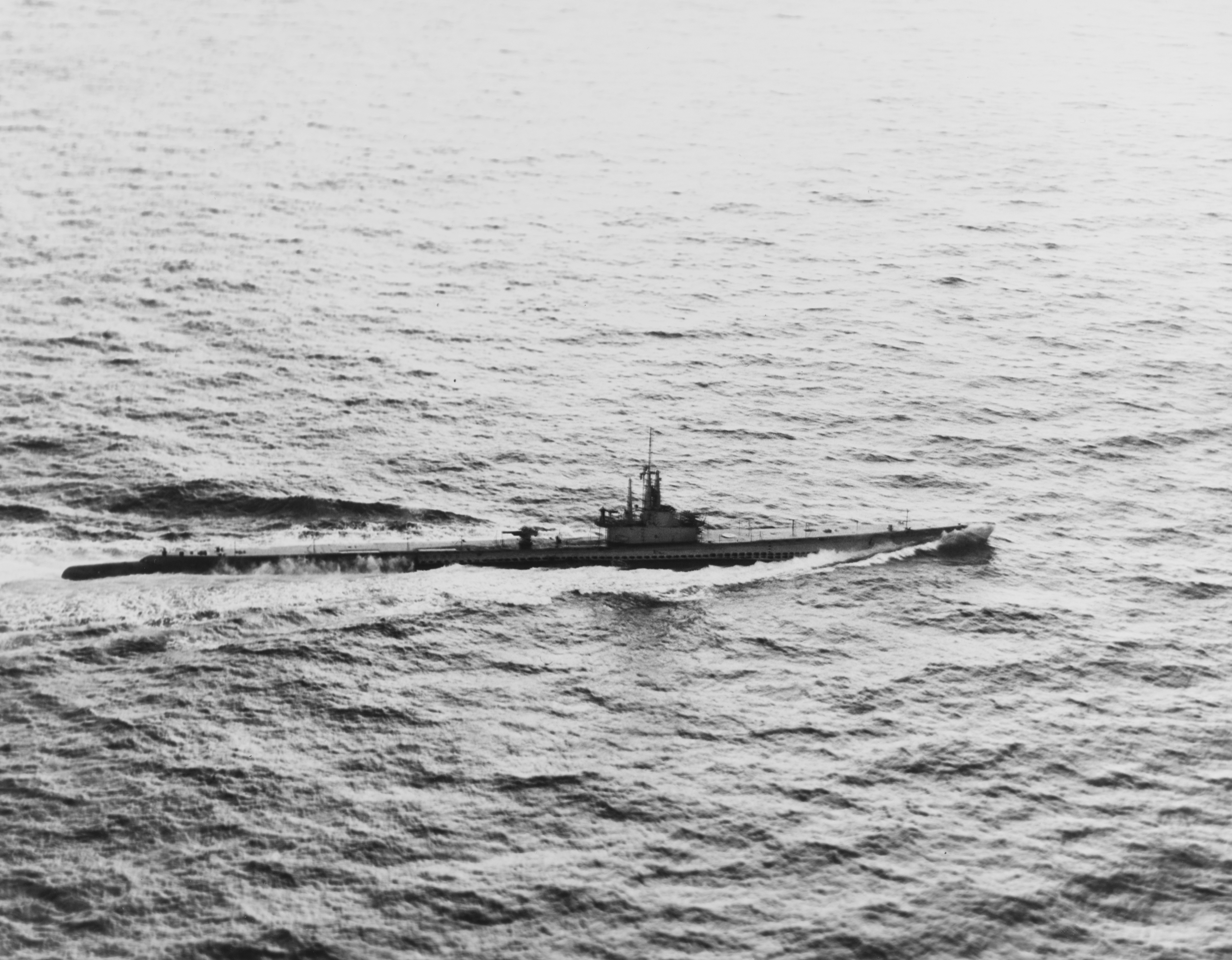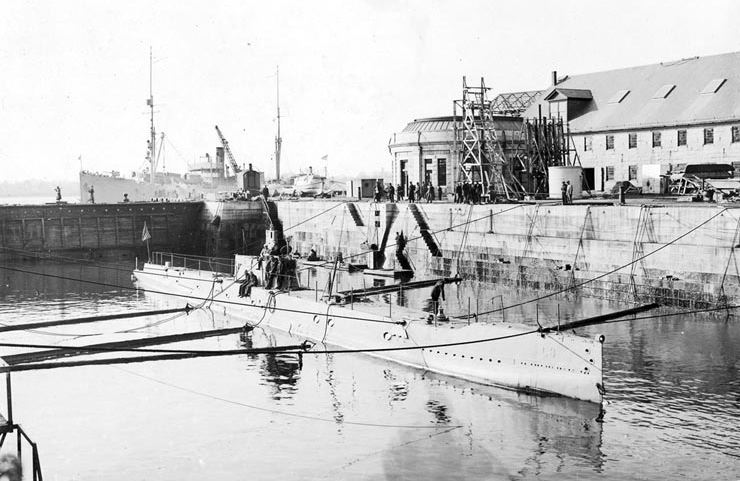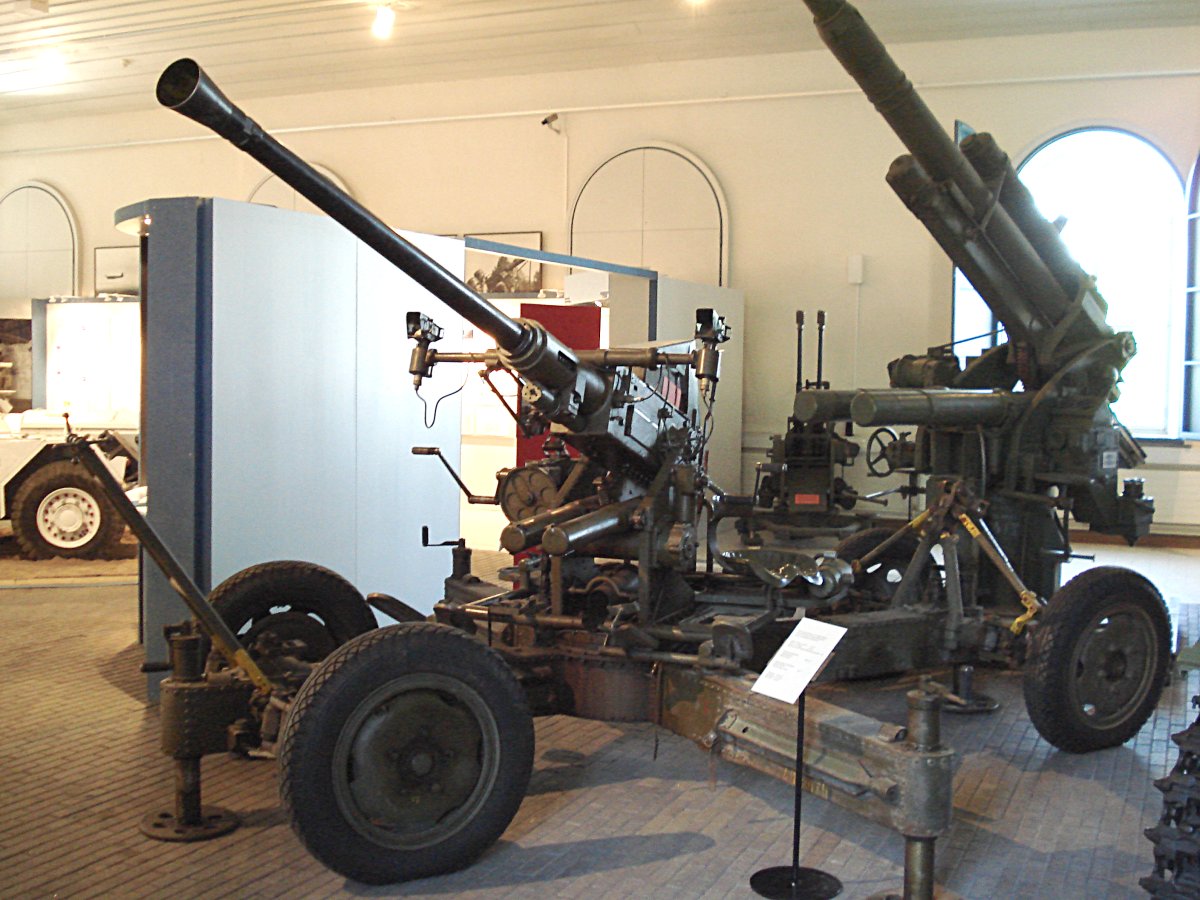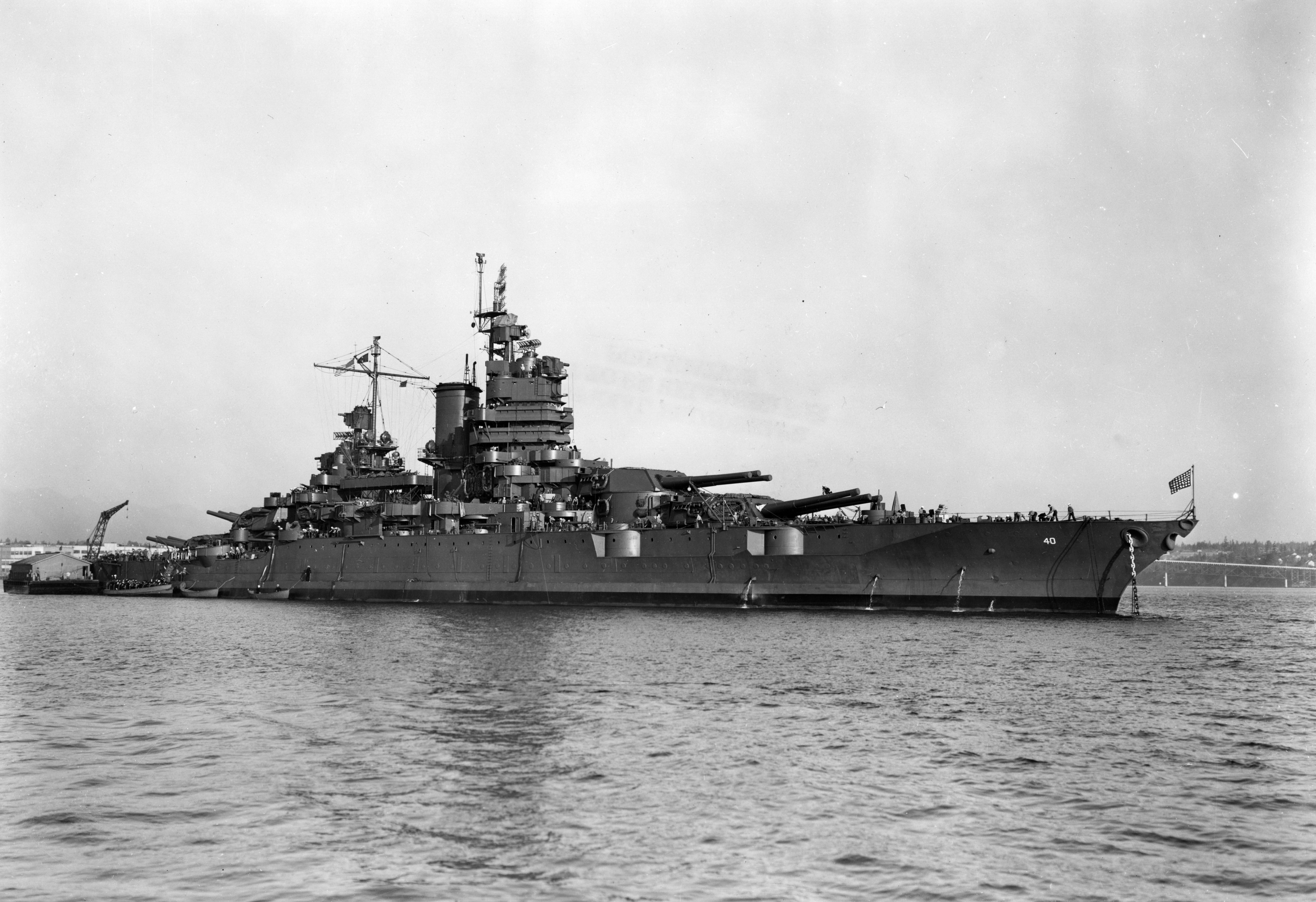|
USS Torsk
USS ''Torsk'', hull number SS-423, is a built for the United States Navy during World War II. Armed with ten torpedo tubes, the ''Tench''-class submarines were incremental developments of the highly-successful s that formed the backbone of the US Navy's submarine force during the war. ''Torsk'' was laid down at the Portsmouth Navy Yard in June 1944, was launched in September that year, and commissioned in December. In 1945, ''Torsk'' made two war patrols off Japan, sinking one cargo vessel and two coastal defense frigates. The latter of these, torpedoed on 14 August 1945, was the last enemy ship sunk by the United States Navy in World War II. Throughout the 1950s and 1960s, she operated primarily as a training vessel; she also went on deployments to the Mediterranean Sea and helped to train elements of the Atlantic Fleet in anti-submarine tactics. Decommissioned in 1968, she replaced at the Washington Naval Yard, where she would serve for another three years training membe ... [...More Info...] [...Related Items...] OR: [Wikipedia] [Google] [Baidu] |
Portsmouth Naval Shipyard
The Portsmouth Naval Shipyard (PNS), often called the Portsmouth Navy Yard, is a United States Navy shipyard on Seavey's Island in Kittery, Maine, bordering Portsmouth, New Hampshire. The naval yard lies along the southern boundary of Maine on the Piscataqua River. Founded on June 12, 1800, PNS is the U.S. Navy's oldest continuously operating shipyard. Today, most of its work concerns the overhaul, repair, and modernization of submarines. As of November 2021, the shipyard employed more than 6,500 federal employees. As well, some of the work is performed by private corporations (e.g., Delphinius Engineering of Eddystone, Pennsylvania; Oceaneering International of Chesapeake, Virginia; Orbis Sibro of Mount Pleasant, South Carolina; and Q.E.D. Systems Inc. of Virginia Beach, Virginia). History The Portsmouth Naval Shipyard was established on June 12, 1800, during the administration of President John Adams. It sits on a cluster of conjoined islands called Seavey's Island in t ... [...More Info...] [...Related Items...] OR: [Wikipedia] [Google] [Baidu] |
Bofors 40 Mm Automatic Gun L/60
The Bofors 40 mm Automatic Gun L/60 (often referred to simply as the "Bofors 40 mm gun", the "Bofors gun" and the like, see #Name, name) is an Anti-aircraft warfare, anti-aircraft autocannon, designed in the 1930s by the Swedish arms manufacturer AB Bofors. The gun was designed as an intermediate anti-aircraft gun, filling the gap between fast firing close-range small calibre anti-aircraft guns and slower firing long-range high calibre anti-aircraft guns. For its time, the Bofors 40 mm L/60 was perfectly suited for this role and outperformed competing designs in the years leading up to World War II in both effectiveness and reliability. It entered the export market around 1932 and was in service with 18 countries by 1939. Throughout World War II it became one of the most popular and widespread medium-weight anti-aircraft guns. It was used by the majority of the western Allies of World War II, Allies and some Axis powers such as Nazi Germany and Hungary. In the po ... [...More Info...] [...Related Items...] OR: [Wikipedia] [Google] [Baidu] |
Anti-submarine Warfare
Anti-submarine warfare (ASW, or in the older form A/S) is a branch of underwater warfare that uses surface warships, aircraft, submarines, or other platforms, to find, track, and deter, damage, or destroy enemy submarines. Such operations are typically carried out to protect friendly shipping and coastal facilities from submarine attacks and to overcome blockades. Successful ASW operations typically involve a combination of sensor and weapon technologies, along with effective deployment strategies and sufficiently trained personnel. Typically, sophisticated sonar equipment is used for first detecting, then classifying, locating, and tracking a target submarine. Sensors are therefore a key element of ASW. Common weapons for attacking submarines include torpedoes and naval mines, which can both be launched from an array of air, surface, and underwater platforms. ASW capabilities are often considered of significant strategic importance, particularly following provocative instanc ... [...More Info...] [...Related Items...] OR: [Wikipedia] [Google] [Baidu] |
United States Fleet Forces Command
The United States Fleet Forces Command (USFFC) is a service component command of the United States Navy that provides naval forces to a wide variety of U.S. forces. The naval resources may be allocated to Combatant Commanders such as United States Northern Command (USNORTHCOM) under the authority of the Secretary of Defense. Originally formed as United States Atlantic Fleet (USLANTFLT) in 1906, it has been an integral part of the defense of the United States of America since the early 20th century. In 2002, the Fleet comprised over 118,000 Navy and Marine Corps personnel serving on 186 ships and in 1,300 aircraft, with an area of responsibility ranging over most of the Atlantic Ocean from the North Pole to the South Pole, the Caribbean Sea, Gulf of Mexico, and the waters of the Pacific Ocean along the coasts of Central and South America (as far west as the Galapagos Islands). In 2006 the U.S. Atlantic Fleet was renamed United States Fleet Forces Command. The command is base ... [...More Info...] [...Related Items...] OR: [Wikipedia] [Google] [Baidu] |
Mediterranean Sea
The Mediterranean Sea ( ) is a sea connected to the Atlantic Ocean, surrounded by the Mediterranean basin and almost completely enclosed by land: on the east by the Levant in West Asia, on the north by Anatolia in West Asia and Southern Europe, on the south by North Africa, and on the west almost by the Morocco–Spain border. The Mediterranean Sea covers an area of about , representing 0.7% of the global ocean surface, but its connection to the Atlantic via the Strait of Gibraltar—the narrow strait that connects the Atlantic Ocean to the Mediterranean Sea and separates the Iberian Peninsula in Europe from Morocco in Africa—is only wide. Geological evidence indicates that around 5.9 million years ago, the Mediterranean was cut off from the Atlantic and was partly or completely desiccation, desiccated over a period of some 600,000 years during the Messinian salinity crisis before being refilled by the Zanclean flood about 5.3 million years ago. The sea was an important ... [...More Info...] [...Related Items...] OR: [Wikipedia] [Google] [Baidu] |
Training Ship
A training ship is a ship used to train students as sailors. The term is mostly used to describe ships employed by navies to train future officers. Essentially there are two types: those used for training at sea and old hulks used to house classrooms. As with receiving ships or accommodation ships, which were often hulked warships in the 19th Century, when used to bear on their books the shore personnel of a naval station (as under section 87 of the Naval Discipline Act 1866 ( 29 & 30 Vict. c. 109), the provisions of the act only applied to officers and men of the Royal Navy borne on the books of a warship), that were generally replaced by shore facilities commissioned as stone frigates, most ''"Training Ships"'' of the British Sea Cadet Corps, by example, are shore facilities (although the corps has floating Training Ships also, including TS ''Royalist''). The hands-on aspect provided by sail training has also been used as a platform for everything from semesters at sea for ... [...More Info...] [...Related Items...] OR: [Wikipedia] [Google] [Baidu] |
Ship Commissioning
Ship commissioning is the act or ceremony of placing a ship in active service and may be regarded as a particular application of the general concepts and practices of project commissioning. The term is most commonly applied to placing a warship in active duty with its country's military forces. The ceremonies involved are often rooted in centuries-old naval tradition. Ship naming and launching endow a ship hull with her identity, but many milestones remain before it is completed and considered ready to be designated a commissioned ship. The engineering plant, weapon and Electronics, electronic systems, Galley (kitchen), galley, and other equipment required to transform the new hull into an operating and habitable warship are installed and tested. The prospective commanding officer, ship's officers, the petty officers, and seamen who will form the crew report for training and familiarization with their new ship. Before commissioning, the new ship undergoes sea trials to identify a ... [...More Info...] [...Related Items...] OR: [Wikipedia] [Google] [Baidu] |
Ceremonial Ship Launching
Ceremonial ship launching involves the performing of ceremonies associated with the process of transferring a vessel to the water. It is a nautical tradition in many cultures, dating back millennia, to accompany the physical process with ceremonies which have been observed as public celebration and a solemn blessing, usually but not always, in association with the launch itself. Ship launching imposes stresses on the ship not met during normal operation and in addition to the size and weight of the vessel represents a considerable engineering challenge as well as a public spectacle. The process also involves Sailors' superstitions, many traditions intended to invite good luck, such as baptism#Boats and ships, christening by breaking a sacrificial bottle of champagne over the bow (ship), bow as the ship is named aloud and launched. Methods There are three principal methods of conveying a new ship from building site to water, only two of which are called "launching". The ol ... [...More Info...] [...Related Items...] OR: [Wikipedia] [Google] [Baidu] |
Portsmouth Navy Yard
The Portsmouth Naval Shipyard (PNS), often called the Portsmouth Navy Yard, is a United States Navy shipyard on Seavey's Island in Kittery, Maine, bordering Portsmouth, New Hampshire. The naval yard lies along the southern boundary of Maine on the Piscataqua River. Founded on June 12, 1800, PNS is the U.S. Navy's oldest continuously operating shipyard. Today, most of its work concerns the overhaul, repair, and modernization of submarines. As of November 2021, the shipyard employed more than 6,500 federal employees. As well, some of the work is performed by private corporations (e.g., Delphinius Engineering of Eddystone, Pennsylvania; Oceaneering International of Chesapeake, Virginia; Orbis Sibro of Mount Pleasant, South Carolina; and Q.E.D. Systems Inc. of Virginia Beach, Virginia). History The Portsmouth Naval Shipyard was established on June 12, 1800, during the administration of President John Adams. It sits on a cluster of conjoined islands called Seavey's Island in t ... [...More Info...] [...Related Items...] OR: [Wikipedia] [Google] [Baidu] |
Keel Laying
Laying the keel or laying down is the formal recognition of the start of a shipbuilding, ship's construction. It is often marked with a ceremony attended by dignitaries from the shipbuilding company and the ultimate owners of the ship. Keel laying is one of the four specially celebrated events in a ship's life; the others are Ceremonial ship launching, launching, Ship commissioning, commissioning, and Ship decommissioning, decommissioning. Earlier, the event recognized as the keel laying was the initial placement of the central timber making up the backbone of a vessel, called the keel. As steel ships replaced wooden ones, the central timber gave way to a central steel beam. Modern ships are most commonly built in a series of pre-fabricated, complete hull sections rather than around a single keel. The event recognized as the keel laying is the first joining of modular components, or the lowering of the first module into place in the building dock. It is now often called "keel ... [...More Info...] [...Related Items...] OR: [Wikipedia] [Google] [Baidu] |
Torpedo Tube
A torpedo tube is a cylindrical device for launching torpedoes. There are two main types of torpedo tube: underwater tubes fitted to submarines and some surface ships, and deck-mounted units (also referred to as torpedo launchers) installed aboard surface vessels. Deck-mounted torpedo launchers are usually designed for a specific type of torpedo, while submarine torpedo tubes are general-purpose launchers, and are often also capable of deploying naval mine, mines and cruise missiles. Most modern launchers are standardized on a diameter for light torpedoes (deck mounted aboard ship) or a diameter for heavy torpedoes (underwater tubes), although Torpedo#Classes and diameters, torpedoes of other classes and diameters have been used. Submarine torpedo tube A submarine torpedo tube is a more complex mechanism than a torpedo tube on a surface ship, because the tube has to accomplish the function of moving the torpedo from the normal atmospheric pressure within the submarine into the ... [...More Info...] [...Related Items...] OR: [Wikipedia] [Google] [Baidu] |
World War II
World War II or the Second World War (1 September 1939 – 2 September 1945) was a World war, global conflict between two coalitions: the Allies of World War II, Allies and the Axis powers. World War II by country, Nearly all of the world's countries participated, with many nations mobilising all resources in pursuit of total war. Tanks in World War II, Tanks and Air warfare of World War II, aircraft played major roles, enabling the strategic bombing of cities and delivery of the Atomic bombings of Hiroshima and Nagasaki, first and only nuclear weapons ever used in war. World War II is the List of wars by death toll, deadliest conflict in history, causing World War II casualties, the death of 70 to 85 million people, more than half of whom were civilians. Millions died in genocides, including the Holocaust, and by massacres, starvation, and disease. After the Allied victory, Allied-occupied Germany, Germany, Allied-occupied Austria, Austria, Occupation of Japan, Japan, a ... [...More Info...] [...Related Items...] OR: [Wikipedia] [Google] [Baidu] |












